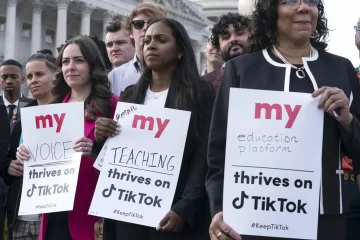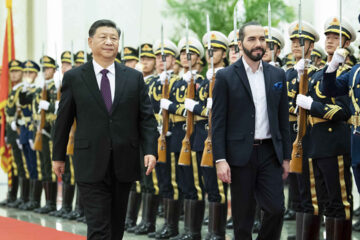 On Wednesday 28th October, LSE Events had the honour of hosting former Federal Reserve Chairman and a hero to many Economic Historians, Ben Bernanke. The conversation between Bernanke and Professor Erik Bergoff was surprisingly light-hearted for the serious topic of Bernanke’s new book, The Courage to Act: A Memoir of a Crisis and its Aftermath (http://couragetoactbook.com/ ).
On Wednesday 28th October, LSE Events had the honour of hosting former Federal Reserve Chairman and a hero to many Economic Historians, Ben Bernanke. The conversation between Bernanke and Professor Erik Bergoff was surprisingly light-hearted for the serious topic of Bernanke’s new book, The Courage to Act: A Memoir of a Crisis and its Aftermath (http://couragetoactbook.com/ ).
Right from the start, Bernanke set a personable tone. When Bergoff made the analogy that Bernanke’s favourite sport, baseball, is similar to central banking in that “you sit and watch, nothing happens”, Bernanke responded quickly saying, “that’s more like football”. He then carried on to tell a story of his first meeting with Jayson Werth, a 6’ 5” baseball player he described as looking “like a wolf-man”, who humorously asked him a very serious question in a innocuous childlike manner, “so what’s the deal with Quantitative Easing anyway?” The crowd, already mesmerised by Bernanke’s presence the moment he stepped in, was even more smitten by his down-to-earth wit.
Bernanke’s friendly charm represents a bigger project he had carried through his term as Fed chairman from 2006 to 2014- that is, to demystify the Federal Reserve. Traditionally, chairmen of the Fed do not do interviews as their words cause fortunes to rise and fall in an instant. Bernanke went against this convention by going on 90 minutes (http://www.cbsnews.com/news/ben-bernankes-greatest-challenge/) in March 2009, just a few months into the crisis. He also did more talks that any other chairman during his term. Especially when new tools such as QE are so complex, Bernanke is right in focussing on demystifying the Fed – after all, economic recovery is 20% policy and 80% animal spirits.
Bernanke’s personal relations project is similar to Franklin D. Roosevelt’s fireside chats, which was used to rejuvenate confidence in the market after the Great Depression. This is just one of the many influences of history on Bernanke. As an economist and economic historian before his tenure as Fed chairman, Bernanke had a particular interest in the Great Depression in his Essays on the Great Depression (2004) (http://lib.myilibrary.com/Open.aspx?id=208717&src=0 ), which he reflected as a “good background and the reason behind why (he) took some of the decisions that (he) did”. Most notably, Friedman and Schwartz’ A Monetary History of the United States (1963)(https://www.dawsonera.com/abstract/9781400829330 ) which criticised the Fed for the deleterious delay in reducing interest rates, and the echoes of Bagehot’s Dictum in Lombard Street: A Description of the Money Market (1873) (http://www.econlib.org/library/Bagehot/bagLom.html), effectuated his quick response in reducing interest rates, bailing out Bear Sterns and AIG, and implementing QE (unlike the ECB which waited 6 years after the first round of QE in the US).
It is his prescience in studying financial crises, his humour with humility, and his steadfast response to the Great Recession, that makes him more than just a Fed chairman that had the courage to act; he altered the rules of the game in the Fed’s agenda – technocratic decisions based on drawn-out thoughts of history and the need for effective communication will be his noble legacy.
Other points of note by Bernanke:
- Emerging Markets and their potential response to US rates hike are the biggest risk to the financial market (http://www.nytimes.com/2015/10/29/business/dealbook/ben-bernanke-cautions-on-emerging-markets.html)
- Monetary Policy has its limits – the Fed can only do so much to reduce unemployment and restart inflation. Fiscal Policy is necessary for real economic growth (Moderate fiscal policy is the reason for lower unemployment but static GDP growth per capita)
- His answer to the Queen’s question to LSE “Why did nobody notice it?” (Referring to the 2008 Financial crisis) – people did notice it, but no one knew how serious the reverberations of a housing crunch would be, because no one really knew the transmission mechanisms of the new packaged financial products (e.g. Collateral Debt Obligations which pooled different assets together)
- It is not that the Fed did not want to bail out Lehman, it was that they did not have to right tools – they could negotiate a loan with any loaning body to cover Lehman’s debt
Written by Shanice Khoo


